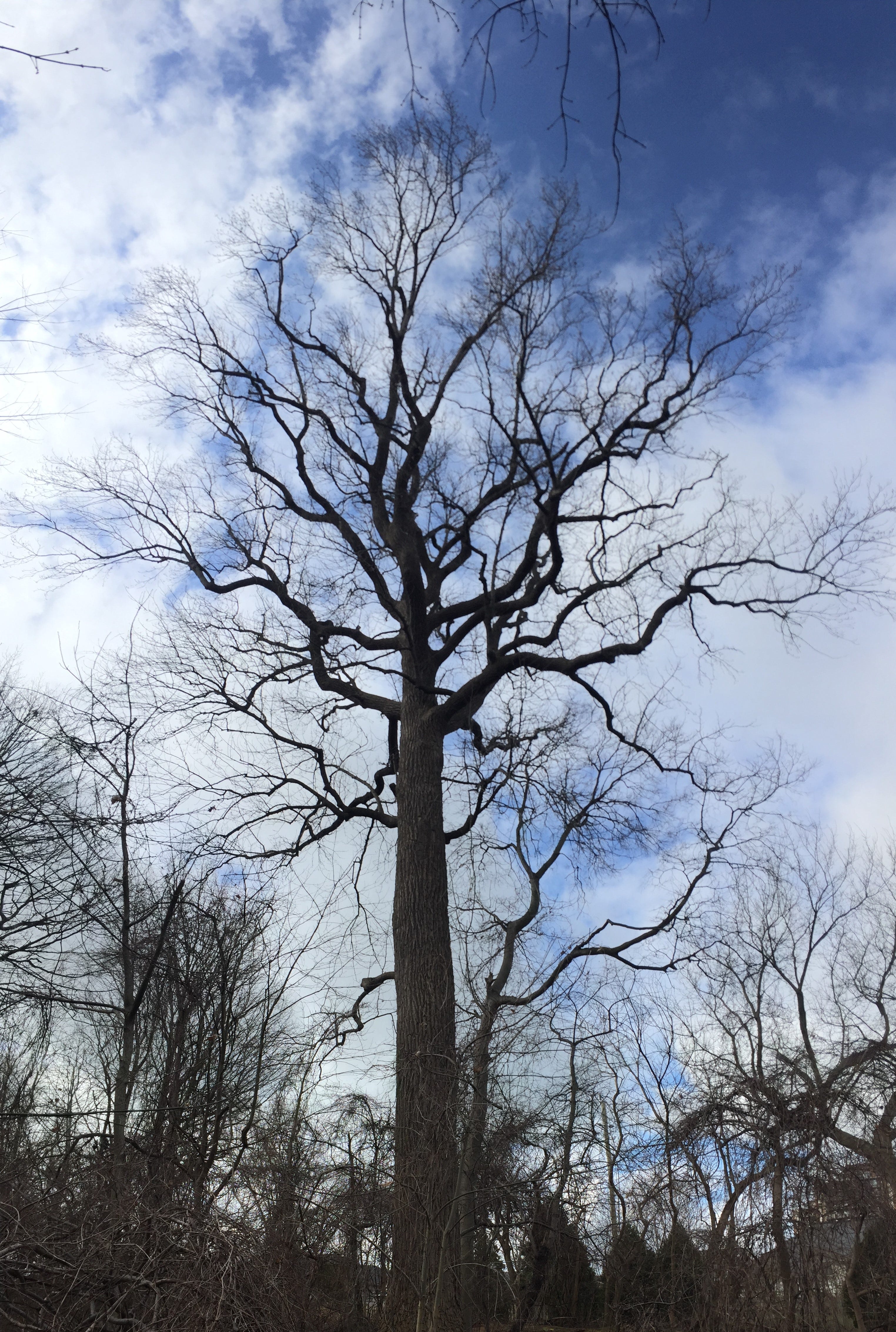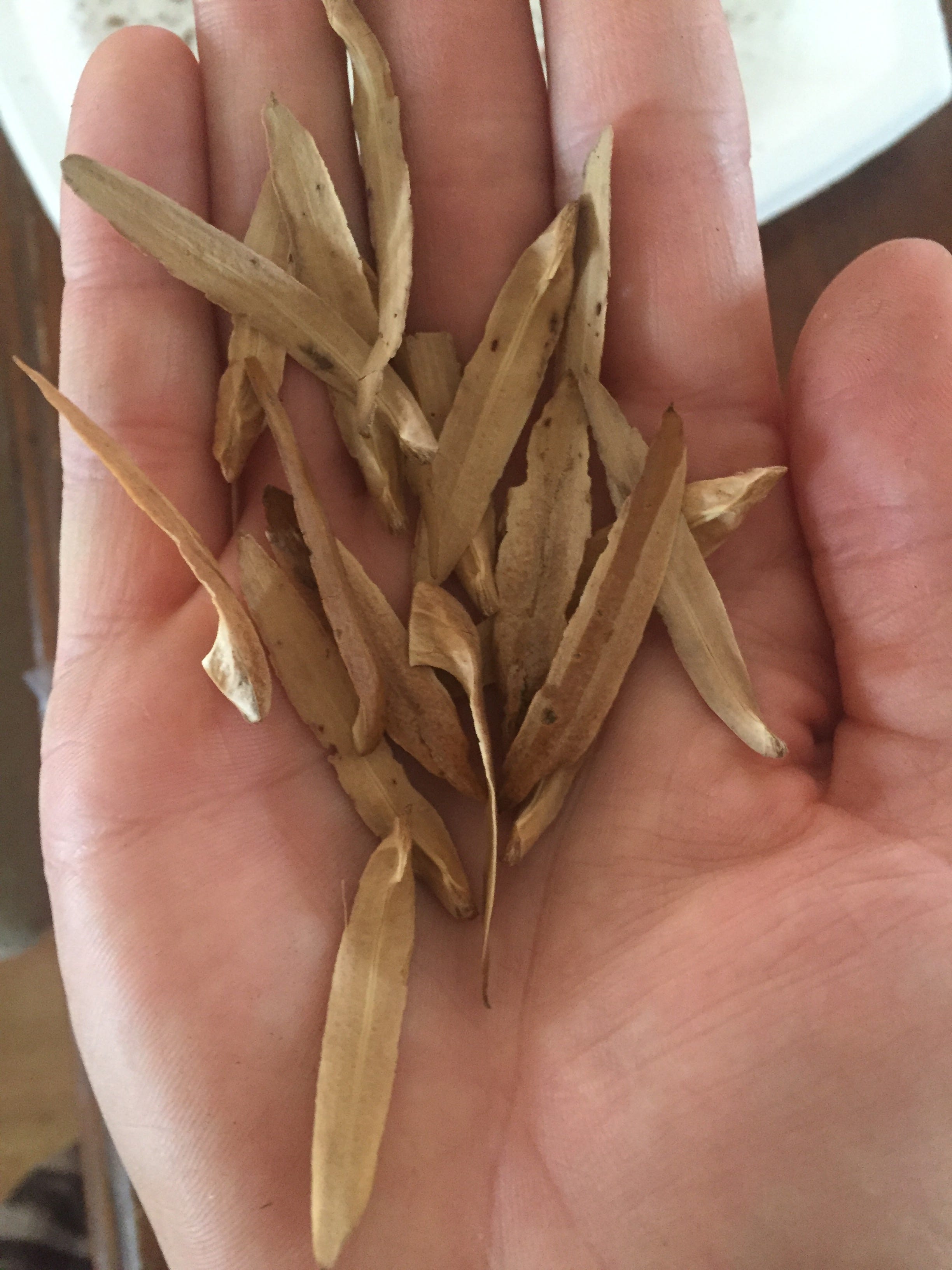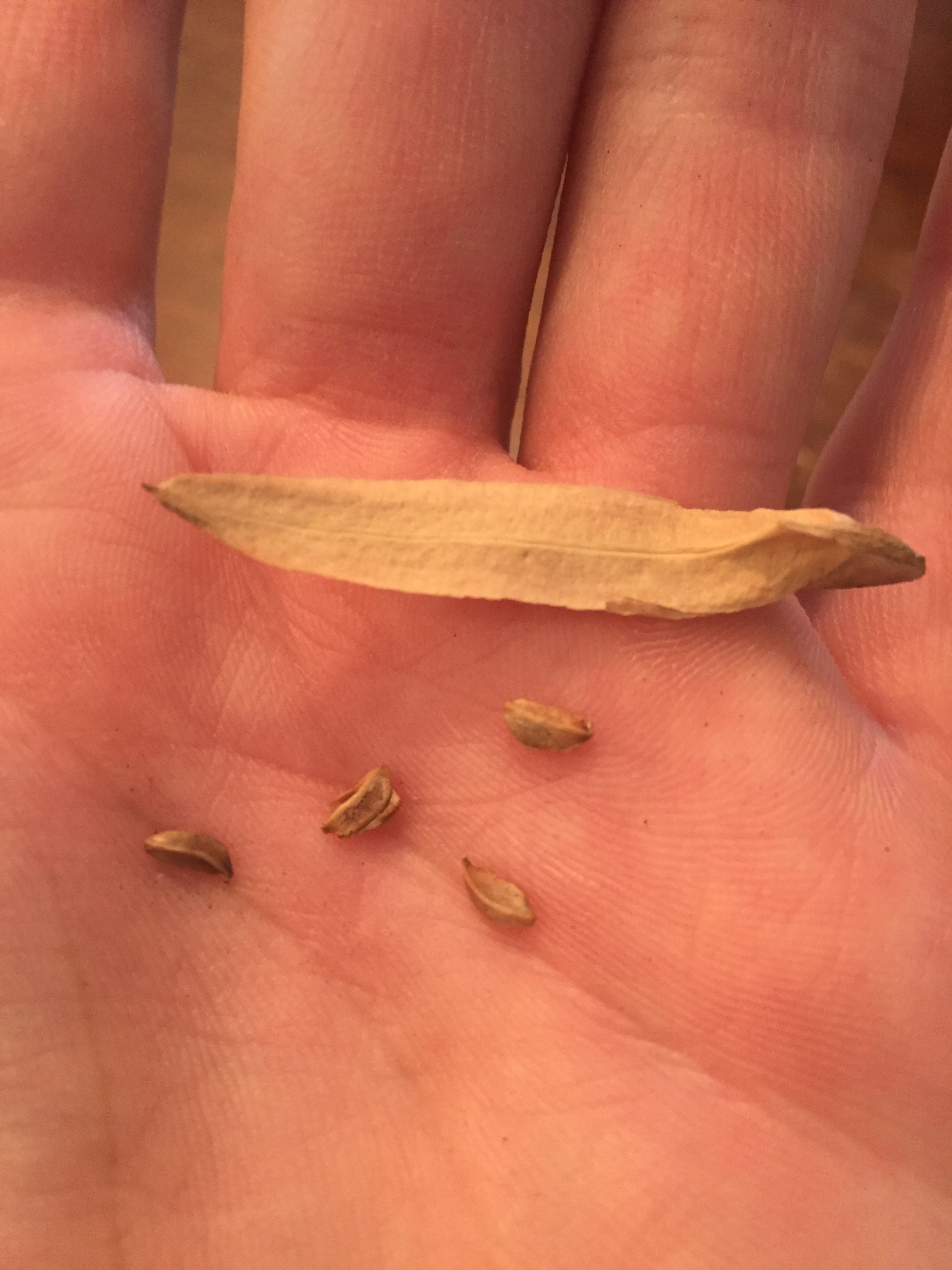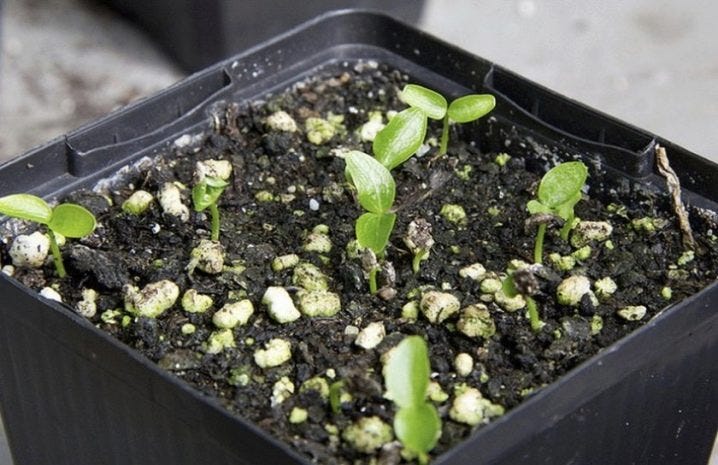I collected some seeds from one of the last few pre-colonial Tulip (liriodendron tulipifera) Trees in our area and I am excited to be helping these seeds set down roots and re-populate the Carolinian Forest here for future generations.
These trees have the potential to live over 400 years and grow to towering heights of close to 200 ft. This makes the tree an ideal choice for nesting for large birds of prey.
I will be posting an article as part of my Stacking Functions in the Garden, Food Forest and Medicine Cabinet series on Substack which focuses on this amazing lesser known species in June.
Here is a preview of some of the info I will be including in my article.
Liriodendron tulipifera—known as the tulip tree,[a] American tulip tree, tulipwood, tuliptree, tulip poplar, whitewood, fiddletree, lynn-tree, hickory-poplar, and yellow-poplar—is the North American representative of the two-species genus Liriodendron (the other member is Liriodendron chinense), and the tallest eastern hardwood. It is native to eastern North America from Southern Ontario and possibly southern Quebec to Illinois eastward to southwestern Massachusetts and Rhode Island, and south to central Florida and Louisiana. It can grow to more than 50 m (160 ft) in virgin cove forests of the Appalachian Mountains, often with no limbs until it reaches 25–30 m (80–100 ft) in height, which unfortunately, made it seen as a very valuable timber tree (resulting in the decimation of the old growth trees of this species here In Ontario and elsewhere). The tallest individual at the present time is one called the Fork Ridge Tulip Tree at a secret location in the Great Smoky Mountains of North Carolina. Repeated measurements by laser and tape-drop have shown it to be 191 feet 10 inches (58.47 m) in height. This is the tallest known individual tree in eastern North America.
Wildlife Habitat: This is a favorite nesting tree for birds and the flowers attract hummingbirds. 28 species of moths associate with the tree. Among specialists, L. tulipifera is the sole host plant for the caterpillars of C. angulifera, a giant silkmoth found in the eastern United States.
Edible parts of Tulip Tree: The root is used as a lemon-like flavouring in spruce beer, where it also serves to correct the bitterness of the beer. The bark of the root and branches have a pleasant rather pungent scent (somewhat reminiscent of eucalyptus, citris and mint) .
Medicinal Benefits: The leaves, bark and roots offer Antioxidant, Antiparasitic, Anthelmintic, Aphrodisiac, Cardiac, Diuretic, Nervine, Poultice, Tonic and Anticancer (Anti-proliferative and especially Anti-Melanogenic) Constituents.
Alkaloid compounds present in from L. tulipifera roots, twigs and bark, can be used to make a tincture with potent antioxidant activity, tyrosinase inhibition, encouraging adult stem cell proliferation, migration/differentiation and the modulation of intracellular ROS.
First Nations used the inner bark medicinally as worming medicine, antiarthritic, cough syrup and cholera remedy. The raw green bark is also chewed as an aphrodisiac. The bark contains 'tulipiferine', which exerts powerful effects on the heart and nervous system. A tea is used in the treatment of indigestion, dysentery, rheumatism, coughs, fevers etc. Externally, the tea is used as a wash and a poultice on wounds and boils[257]. The root bark and the seeds have both been used to expel worms from the body
Attracts: Birds , Butterflies , Hummingbirds
Larval Host: Eastern Tiger Swallowtail (Papilio glaucus)
Honey:
Nectar is produced in the orange part of the flowers. The species is a significant honey plant in the eastern United States, yielding a dark reddish, fairly strong honey favorably regarded by some bakers. One 20-year-old tree produces enough nectar for 4 pounds (1.8 kg) of honey.
For more pictures of this tree during different times of the year (showing leaf shape and flowers etc) check out this series of pics:
References:
(






